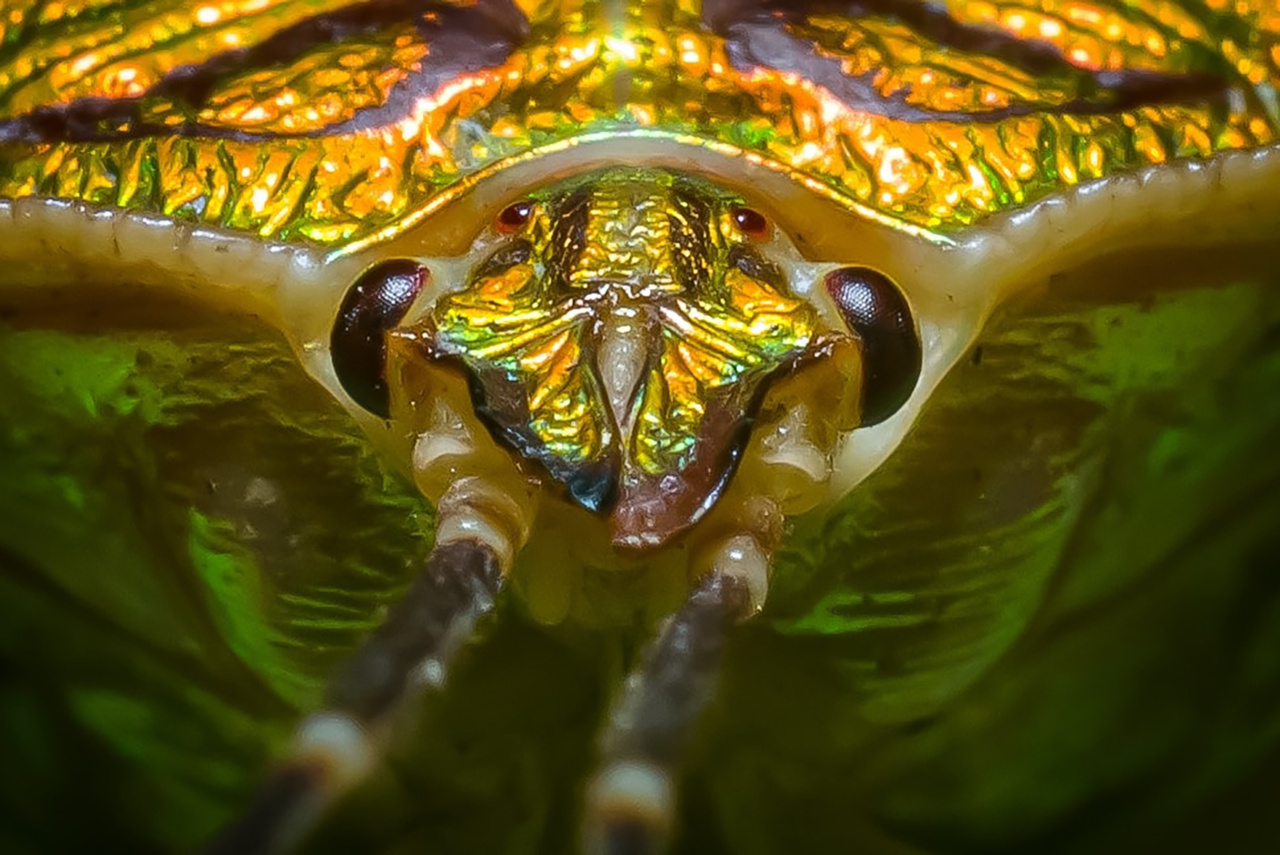Shellfish has long been considered an aphrodisiac all over the world, as it is believed to increase libido. The connections between shellfish and libido are complex, and science has been attempting to explain this phenomenon for years.
In this article, we will discuss the science of shellfish and libido, and try to separate the facts from the myths.
Shellfish and Libido: The Connection Explained
Shellfish is a type of sea creature that includes mollusks, crustaceans, and other types of animals. Shellfish are rich in amino acids that help in the production of dopamine, norepinephrine, and other neurotransmitters that affect mood.
Dopamine, for example, plays a critical role in the reward system of the brain and is responsible for pleasure and arousal.
Other important amino acids found in shellfish include L-arginine and L-citrulline. These two amino acids are responsible for producing nitric oxide, a molecule that helps to relax blood vessels and improve blood flow.
Improved blood flow can improve sexual function in both men and women.
The Science of Oysters and Libido
Oysters, in particular, have been associated with increased libido for centuries.
So much so that oysters are often referred to as the “love drug.” It wasn’t until recent years that science began to uncover the reasons behind this connection.
Oysters are rich in zinc, a mineral that is essential for the production of testosterone, a hormone that plays a critical role in libido in both men and women.
Zinc deficiency has been linked to low libido, and oysters are an excellent source of this essential mineral.
In addition to increasing testosterone, oysters are also rich in amino acids that help to produce dopamine, which, as previously mentioned, plays a critical role in pleasure and arousal.
The Truth About Other Types of Shellfish and Libido
While oysters are the most commonly cited shellfish when it comes to the connection between shellfish and libido, other types of shellfish have also been shown to increase sexual function and libido.
For example, mussels are rich in zinc, iron, and selenium, all of which are essential for the production of testosterone and other hormones that affect libido.
Clams are also a good source of zinc and have been shown to improve overall sexual function, including libido.
Lobsters and crabs are also rich in amino acids that help to produce neurotransmitters that affect mood and sexual function.
Lobster, in particular, is a good source of iodine, a mineral that is critical for the production of thyroid hormones that control metabolism and energy levels.
The Role of Vitamin D in Sexual Function
Vitamin D is a critical nutrient that affects many bodily systems, including sexual function. Shellfish is a good source of vitamin D, which is essential for the production of testosterone in men.
Proper levels of vitamin D have been associated with healthy testosterone levels and improved libido.
The Importance of Omega-3 Fatty Acids in Libido
Omega-3 fatty acids are essential nutrients that are found in high amounts in shellfish, particularly in fatty fish like salmon and mackerel.
Omega-3 fatty acids have been associated with improved cardiovascular health, which can improve overall sexual function and libido.
In addition, omega-3 fatty acids help to regulate hormone production and improve brain function, both of which are critical for healthy sexual function.
Consuming shellfish that are rich in omega-3 fatty acids is an excellent way to improve overall health, including sexual health and libido.
Conclusion
Shellfish is a nutrient-rich food that has been associated with improved sexual function and increased libido for centuries. The amino acids, minerals, and vitamins found in shellfish all work together to improve overall health and sexual function.
Whether you prefer oysters, mussels, clams, lobsters, or crabs, consuming shellfish regularly is an excellent way to boost libido and improve overall health.





























